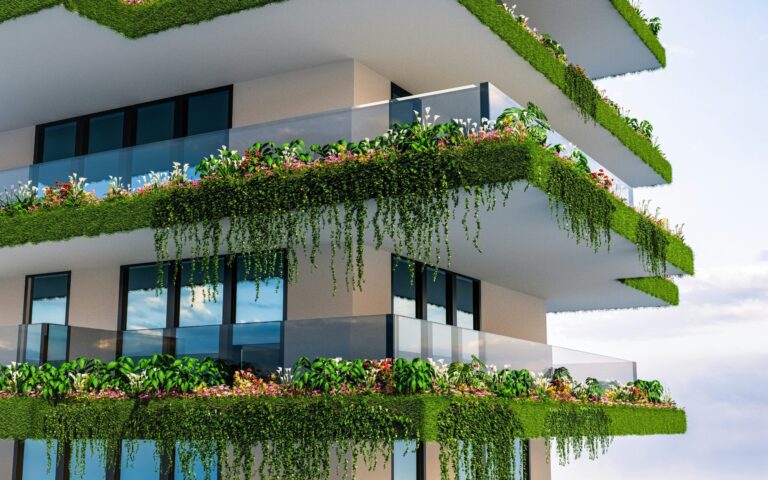As sustainability becomes a priority for consumers, the real estate market is witnessing a significant shift toward green building practices. A report released on May 22, 2024, by the Green Building Council highlights the growing demand for homes equipped with energy-efficient features and sustainable building materials. This surge in eco-conscious homebuyers, along with proactive developers, architects, and real estate agents, is contributing to the rise of environmentally responsible homes that prioritize both the planet and long-term cost savings.
One of the major factors behind this shift is the increasing awareness of environmental issues and the impact that buildings have on the planet. Many homebuyers are seeking properties that reduce their carbon footprint and offer energy-efficient solutions. This trend has resulted in a growing preference for homes equipped with features such as solar panels, smart thermostats, energy-efficient appliances, and sustainable building materials. These eco-friendly homes not only contribute to reducing environmental impact but also offer significant savings on energy bills, making them an attractive investment for buyers who are both financially and environmentally conscious.
A key moment in this trend was the surge in interest for homes that support green living. Solar panels are now considered a must-have feature in many homes, as they provide homeowners with the ability to generate their own energy and reduce their reliance on the grid. Energy-efficient appliances, such as refrigerators, washing machines, and water heaters, are also becoming standard in new builds, offering further opportunities to save on utility costs. Smart thermostats, which allow homeowners to control their home’s climate remotely, are another popular addition, helping to optimize energy use while maintaining comfort. These features combine to create homes that are not only more sustainable but also more affordable to live in over the long term.
As more buyers prioritize sustainability, developers and builders are responding by incorporating green technologies and materials as standard features in new homes. From using recycled materials in construction to building homes that are designed to be energy-efficient from the outset, the trend toward green building practices is rapidly becoming mainstream. Many developers are now focusing on creating entire communities that adhere to sustainable design principles, offering homes that provide a balanced mix of environmental responsibility and modern living.
The lasting impact of this trend is expected to reshape the way homes are designed and built in the coming years. As demand for sustainable homes continues to grow, green building practices may eventually become the standard across the residential real estate market. Over time, homes that are not equipped with energy-efficient features or sustainable materials could become less desirable, as buyers increasingly expect these features to be a part of every new home. In this way, green building practices will likely play a major role in the future of housing, influencing everything from design to construction materials to energy management.
In conclusion, the increasing demand for sustainable living options is driving the adoption of green building practices in the housing market. As more homebuyers seek out homes that offer both environmental benefits and long-term savings, developers are responding by making green technologies and materials a central component of new homes. Over time, this trend will likely reshape residential real estate, with green building practices becoming the norm and setting the standard for how homes are designed and built in the future. The shift toward sustainability is not just a passing trend—it’s a fundamental change in the way we approach homeownership, one that will impact generations to come.
